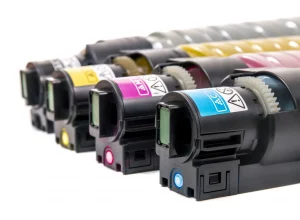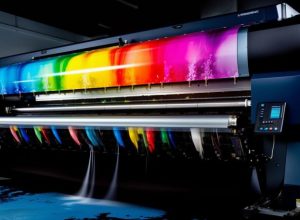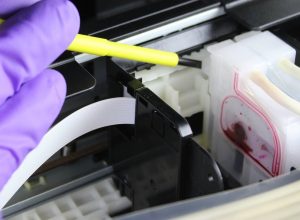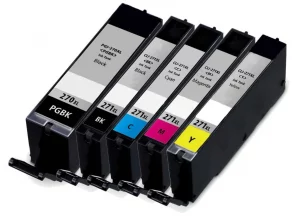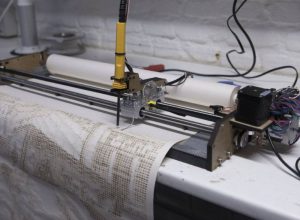Contents
Complete Guide to Choosing the Best Printer for Your Business – Criteria to Consider
Selecting the right printer for your business is a critical decision that can affect productivity, costs, and overall satisfaction with office operations. With a plethora of options available in today’s market, understanding the essential criteria for selection is paramount. This guide is designed to help you navigate the complexities of printer choices by outlining the various factors to consider.
Types of Printers
The first step in choosing a printer is understanding the different types available, each suited for various business needs:
- Inkjet Printers: Best for high-quality color printing, inkjet printers are suitable for businesses that require professional-looking images and documents.
- Laser Printers: Ideal for high-volume black-and-white printing, laser printers offer fast print speeds and low per-page costs, making them economical for businesses with extensive document needs.
- Multifunction Printers: These devices combine printing, scanning, copying, and faxing capabilities. They are perfect for businesses looking to save space and increase efficiency.
- Dot Matrix Printers: Although less common today, dot matrix printers are useful for printing multiple sheets simultaneously and are often used for specialized tasks such as printing invoices or shipping documents.
Key Criteria to Consider
When evaluating printers for your business, consider the following criteria:
Volume of Printing
Assess the volume of printing your business requires. If you exceed 1,500 pages a month, a laser printer may be the most cost-effective option. For smaller volumes, an inkjet printer might suffice. Understanding your print volume will help determine whether a high-capacity printer (designed for more extensive workloads) is necessary.
Print Quality
Evaluate the required print quality based on your business needs. For documents containing graphics, images, or marketing materials, choose a printer that offers high resolution (typically measured in DPI – dots per inch). Laser printers often excel in text quality, while inkjets are preferable for color documents. Consider conducting print tests to compare quality across models.
Speed and Efficiency
The speed of a printer is measured in pages per minute (PPM). If your business relies heavily on fast document processing, opt for a printer with a higher PPM rate. It’s advisable to balance speed with quality to ensure that high-speed printers do not compromise document presentation.
Connectivity Options
Modern printers offer various connectivity options such as USB, Ethernet, Wi-Fi, and mobile printing capabilities. Assess your office’s connectivity needs—if remote printing or network sharing is required, ensure that the printer supports these features.
Operating Costs
Understanding the total cost of ownership is vital. Consider the following factors:
- Initial Purchase Price: This includes the upfront cost of the printer.
- Consumables: Evaluate the cost of ink or toner cartridges, paper, and any other supplies required.
- Energy Efficiency: Check for energy ratings or features that minimize electricity costs.
Paper Handling
Analyze your business’s paper handling requirements. Determine what sizes and types of media you will print on frequently. Some printers accommodate various paper sizes, and features such as automatic duplex printing (two-sided printing) can significantly reduce paper consumption and costs.
Security Features
In a business setting, security of sensitive documents is paramount. Look for printers with security features such as encryption, secure printing, and user authentication to protect your documents from unauthorized access.
Support and Maintenance
Consider the level of support and service provided by the manufacturer. A reliable warranty and responsive customer service can save time and money in the long run.
Comparison Table of Printer Types
| Printer Type | Best For | Print Quality | Speed | Cost |
|---|---|---|---|---|
| Inkjet | Color printing, photos | High | Moderate | Low |
| Laser | Text documents | High | High | Moderate |
| Multifunction | All-in-one solutions | Variable | Moderate to High | Moderate |
| Dot Matrix | Continuous forms, invoices | Low | Moderate | Low |
Conclusion
Selecting the best printer for your business involves careful consideration of various factors including printing volume, quality, speed, operating costs, and connectivity options. By understanding your specific needs and evaluating each printer’s features against these criteria, you can make an informed decision that optimally supports your operational goals. Investing time in this decision will pay dividends in efficiency, productivity, and overall satisfaction in the long run.

